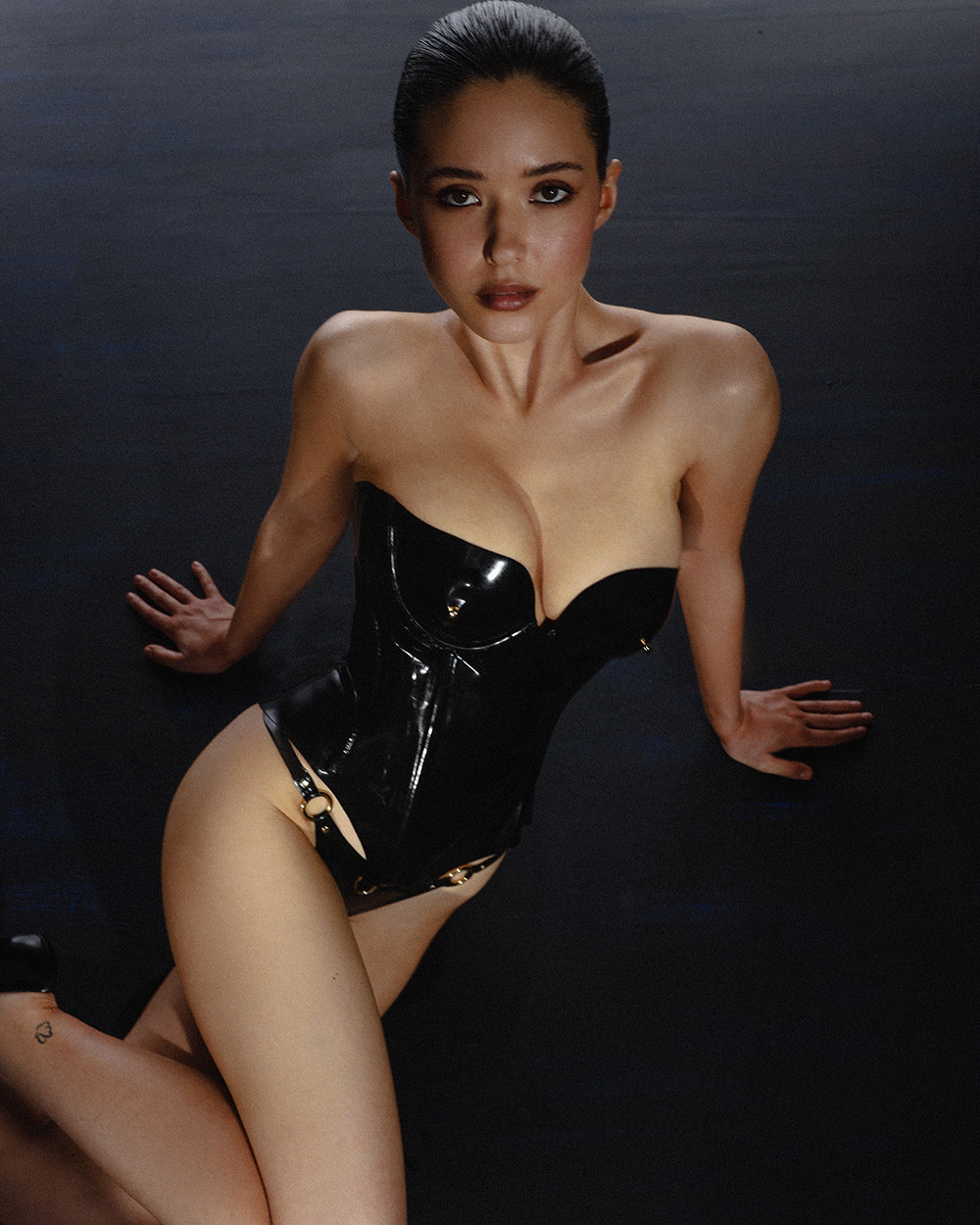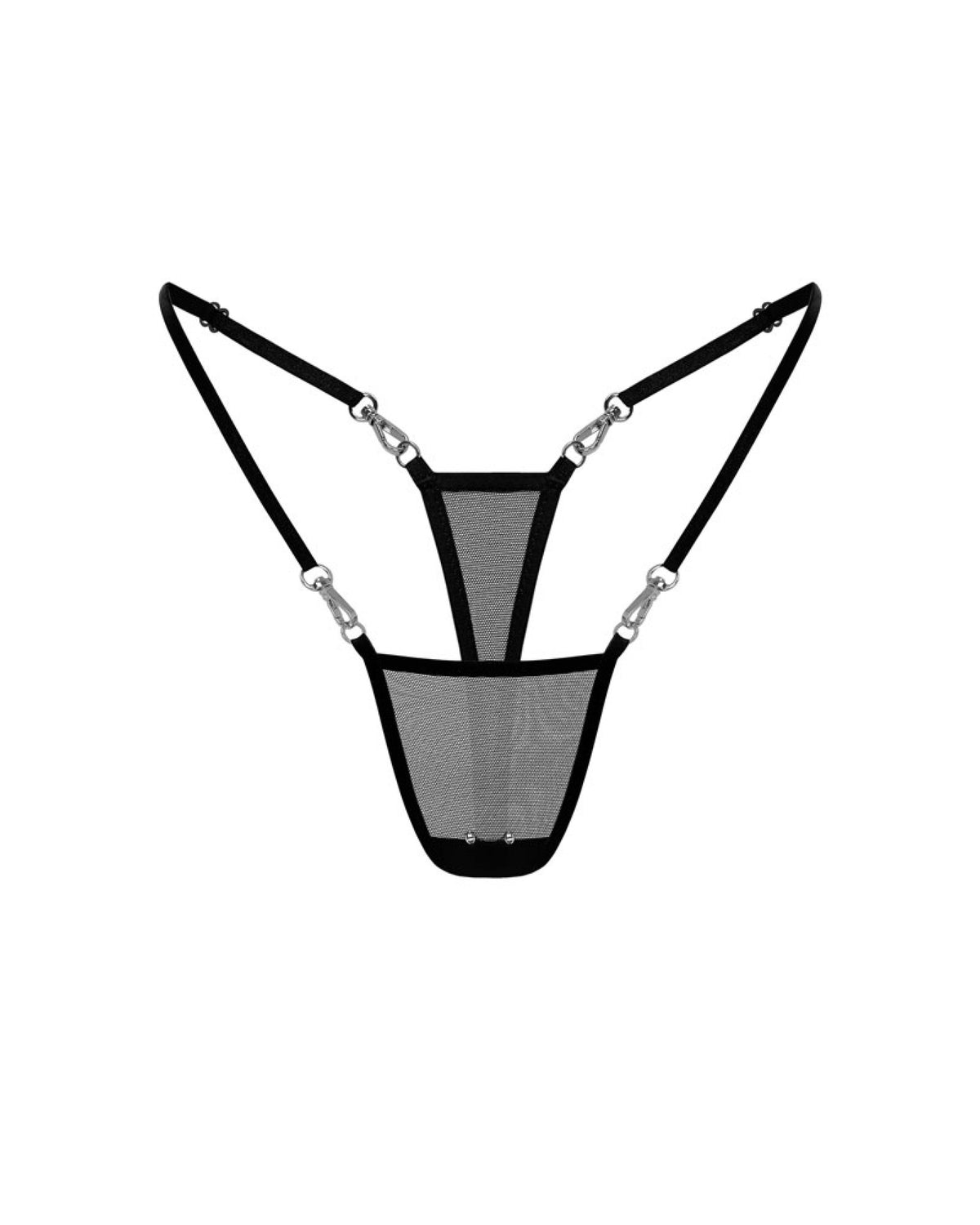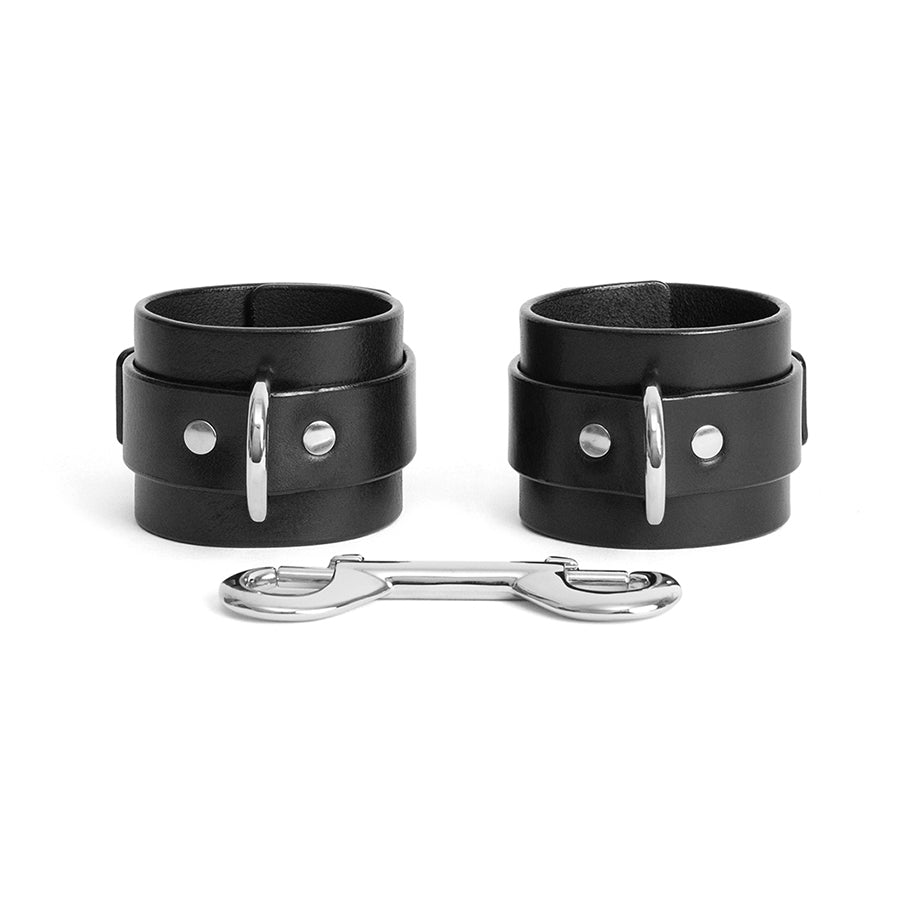
September 22, 2023
Pansexualità: cosa significa
Esplora il significato della pansessualità, come differisce da altri orientamenti sessuali e ciò che rappresenta per gli individui e la società. Ottieni approfondimenti sul suo significato.
introduzione
Negli ultimi anni, le conversazioni sull'orientamento sessuale si sono evolute, diventando più inclusive e sfumate. La pansexualità, un termine che sta guadagnando riconoscimento e comprensione, si distingue come una parte importante di questa conversazione. A differenza delle etichette più tradizionali, la pansessualità respinge la nozione binaria di attrazione di genere, abbracciando una prospettiva più ampia e più inclusiva. Alla base, la pansessualità è l'attrazione sessuale, romantica o emotiva nei confronti delle persone indipendentemente dal loro sesso o identità di genere. Questo orientamento evidenzia la fluidità dell'attrazione, suggerendo che per alcuni, l'amore e l'attrazione trascendono i confini di genere.
Comprendere la pansessualità richiede un allontanamento dalle opinioni convenzionali della sessualità. Implica il riconoscimento dello spettro dell'attrazione umana e la complessità delle relazioni umane. Mentre la società continua a riconoscere e celebrare la diversità in tutte le forme, il concetto di pansessualità offre informazioni sui vari modi in cui le persone sperimentano amore e attrazione. Attraverso questa esplorazione, miriamo a far luce sulle sfumature della pansessualità, illustrando il suo significato nel più ampio contesto di orientamento sessuale e identità.
Pansessualità vs. bisessualità: comprensione delle differenze
Nel paesaggio in evoluzione dell'orientamento sessuale, due termini spesso emergono nelle discussioni sull'attrazione oltre le etichette tradizionali: pansessualità e bisessualità. Mentre entrambi gli orientamenti indicano la capacità di essere attratti da più di un genere, le differenze chiave li distinguono, facendo luce sul diverso spettro di attrazione umana.
La bisessualità si riferisce tradizionalmente all'attrazione per i sessi maschili e femminili. È un'ampia categoria, con le persone che vivono questa attrazione in vari gradi verso ogni genere. La comunità bisessuale abbraccia una vasta gamma di preferenze, comprese quelle con una maggiore inclinazione verso un genere rispetto a un altro.
La pansexualità, d'altra parte, è definita dal potenziale di attrazione per le persone indipendentemente dal loro genere. Questo orientamento enfatizza la fluidità dell'attrazione, con individui pansessuali che spesso affermano che il genere non è un fattore determinante nei loro interessi romantici o sessuali. Il termine "pan", significa "tutto" sottolinea un'apertura alle relazioni con le persone di qualsiasi identità ed espressione di genere.
La discussione sulla "pansessualità vs. bisessualità" serve a non dividere o creare gerarchie ma a comprendere e apprezzare le sfumature all'interno dello spettro della sessualità umana. Riconoscere queste distinzioni aiuta a convalidare le esperienze individuali e promuove una comunità più inclusiva in cui tutti possono trovare spazio e terminologia che risuonano con la loro identità.
Lo spettro di attrazione: oltre il genere
Il concetto di attrazione si estende ben oltre il tradizionale binario di genere di maschi e femmine, entrando in un regno in cui le sfumature della connessione umana sono riconosciute e celebrate. Questa più ampia comprensione dell'attrazione, spesso incapsulata nel termine "spettro di attrazione", ci sfida a considerare i diversi modi in cui le persone sperimentano amore, desiderio e connessione.
Lo spettro riconosce che l'attrazione non si limita al fascino fisico o sessuale ma include dimensioni emotive, romantiche, intellettuali e spirituali. Per alcuni, il genere svolge un ruolo centrale nell'attrazione, mentre per gli altri, come quelli che si identificano come pansessuale, è un non fattore. Questo approccio consente una comprensione più inclusiva delle relazioni, che accoglie la complessità delle emozioni e delle connessioni umane.
L'esplorazione di "Beyond Gender" implica il riconoscimento e il rispetto delle miriadi di identità e espressioni che esistono all'interno delle nostre comunità. Significa riconoscere che per molte persone, l'attrazione si basa su un profondo senso di connessione che trascende i confini di genere. Abbracciando questa prospettiva inclusiva, la società può muoversi verso una visione più comprensiva e accettando tutte le relazioni, indipendentemente dai sessi o dalle identità coinvolte.
Sfide e idee sbagliate sulla pansessualità
La pansessualità, nonostante il crescente riconoscimento e accettazione, rimane circondata da idee sbagliate e sfide. Questi problemi possono oscurare la comprensione e l'accettazione, sia all'interno che all'esterno della comunità LGBTQ+. Affrontare queste idee sbagliate è cruciale per la difesa, l'educazione e la convalida delle identità pansessuali.
Idexualità 1: la pansessualità e la bisessualità sono le stesse
Un malinteso comune sta confondendo la pansessualità con la bisessualità. Mentre entrambi riconoscono il potenziale di attrazione oltre un singolo genere, la pansessualità indica specificamente l'attrazione indipendentemente dal genere. Questa distinzione evidenzia lo spettro sfumato della sessualità umana, ma è spesso semplificata o fraintesa nel discorso pubblico.
Idexualità 2: la pansessualità è solo una fase o una tendenza
Un'altra sfida è la percezione della pansessualità come fase temporanea o una tendenza, piuttosto che un orientamento legittimo. Questo punto di vista invalida le esperienze e le identità degli individui pansessuali, suggerendo una mancanza di gravità o permanenza nel loro orientamento sessuale. È fondamentale riconoscere la pansessualità come un aspetto genuino e stabile della propria identità.
Eventception 3: i pansessuali sono attratti da tutti
La convinzione che i pansessuali siano attratti da ogni individuo che incontrano è un malinteso significativo. Come chiunque altro, le persone pansessuali hanno le proprie preferenze, standard e tipi di persone che trovano attraenti. La loro capacità di attrazione per tutti i sessi non equivale a un'attrazione indiscriminata per tutti gli individui.
Sfide: discriminazione e mancanza di visibilità
Gli individui pansessuali spesso affrontano discriminazioni e mancanza di visibilità. Nonostante faccia parte della comunità LGBTQ+, la pansessualità viene talvolta emarginata o trascurata, portando a una mancanza di rappresentazione e comprensione. Questa invisibilità può esacerbare i sentimenti di isolamento e invalidare le esperienze di coloro che si identificano come pansessuale.
Sostenendo la comprensione e l'inclusione
L'istruzione e la difesa sono fondamentali per sfidare queste idee sbagliate e promuovere una società più inclusiva. Affrontando le domande comuni e chiarendo la natura della pansessualità, possiamo favorire un ambiente che rispetta e celebra la diversità degli orientamenti sessuali. Le risorse che offrono supporto e informazioni, come organizzazioni LGBTQ+ e piattaforme educative, svolgono un ruolo cruciale in questo sforzo.

Esplorare lo spettro: BDSM e pansessualità
Introduzione al BDSM all'interno di diversi orientamenti sessuali
Questa sezione potrebbe introdurre il concetto di BDSM, evidenziando la sua rilevanza attraverso diversi orientamenti sessuali, inclusa la pansessualità. L'enfasi sarebbe sulla comprensione del BDSM come un insieme di pratiche che le persone di qualsiasi orientamento sessuale possono esplorare, sottolineando i principi di consenso, comunicazione e sicurezza.
L'intersezione di pansessualità e BDSM
Discuti come la pansessualità, con la sua enfasi sull'attrazione indipendentemente dal genere, si interseca con le diverse pratiche all'interno di BDSM. Questa parte potrebbe esplorare come le persone che si identificano come pansessuale potrebbero impegnarsi in pratiche BDSM, illustrando lo spettro della sessualità e delle preferenze. È importante sottolineare l'accettazione e la comprensione all'interno di entrambe le comunità.
Esplorare BDSM con anoeses: inclusività, sicurezza e istruzione
Qui ad Anoeses, siamo orgogliosi della nostra boutique come un rifugio unico per la comunità BDSM, accogliendo individui di tutte le identità, compresi quelli che si identificano come pansessuali. La nostra raccolta attentamente curata di lingerie E Accessori BDSM è progettato per soddisfare l'ampia gamma di desideri ed espressioni all'interno di questa vivace comunità. Fin dall'inizio, la nostra visione per anoeses era quella di stabilire un luogo in cui ogni prodotto, sia lussuosa lingerie o personalizzata imbracature, oscillazioni, polsini E Gags, celebra il vasto spettro di esplorazione e espressione sessuale. Per noi, si tratta di riconoscere e valutare il viaggio di ogni persona verso la scoperta di sé e la realizzazione.
La nostra dedizione alla sicurezza, al consenso e all'istruzione
Riconoscendo l'importanza fondamentale della sicurezza e del consenso in BDSM, abbiamo integrato questi principi nell'essenza degli anoesi. Ma la nostra ambizione non si è fermata qui. Ecco perché abbiamo presentato Educazione anoesa - Un'iniziativa dedicata che offre ampi materiali educativi volti a potenziarti. Dalle guide approfondite ai tutorial completi, il nostro obiettivo è promuovere l'esplorazione informata e consensuale delle dinamiche BDSM. Supportare la comunità pansessuale e in effetti, chiunque desideroso di approfondire la propria comprensione del BDSM, è cruciale per noi, fornendo le risorse necessarie per un viaggio sicuro, consensuale e arricchente.
Considerazioni etiche, supporto della comunità e nostri valori fondamentali
La scelta degli accessori BDSM e della lingerie si estende oltre l'estetica; Comprende prendere decisioni etiche. Ad Anoeses, ci impegniamo a approvvigionamento etico, garantendo che ogni pezzo che offriamo aerisce ai più alti standard di qualità e di produzione etica. Ma il nostro impegno va ancora oltre. Siamo appassionatamente investiti nel sostenere le più ampie comunità BDSM e LGBTQ+, promuovendo l'inclusività e il rispetto per tutti gli orientamenti e le preferenze sessuali. Questo impegno è alla base di tutto ciò che facciamo: si tratta di contribuire a una cultura che dà la priorità alla sicurezza, all'istruzione e al rispetto reciproco.
Nel fondare Anoeses, il nostro obiettivo era quello di creare uno spazio in cui esplorare ed esprimere gli interessi BDSM è accolto con comprensione, rispetto e supporto. Sosteniamo una testimonianza della bellezza della diversità, del significato dell'educazione e del valore delle pratiche etiche. Che tu stia intraprendendo il tuo viaggio o stai cercando di esplorare nuovi aspetti delle tue esperienze BDSM, Anoeses è qui per supportarti ad ogni passo, a braccia aperte e un cuore aperto.
Conclusione
Il viaggio attraverso la comprensione della pansessualità, le sue distinzioni dalla bisessualità, l'ampio spettro di attrazione e le sfide e le idee sbagliate affrontate da individui pansessuali sottolineano la ricca diversità all'interno della sessualità umana. Man mano che la società avanza, l'importanza di abbracciare questa diversità diventa sempre più chiara, evidenziando la necessità di accettazione, rispetto e inclusione per tutti, indipendentemente da come si identifichi il loro orientamento sessuale.
La pansexualità, come tutti gli orientamenti sessuali, è una parte valida e integrale dell'esperienza umana, meritando il riconoscimento e la comprensione. Educando noi stessi e gli altri, sfidando gli stereotipi e sostenendo pratiche inclusive, possiamo creare un mondo più accettante in cui ogni individuo si sente visto, rispettato e apprezzato per quello che sono. L'esplorazione della sessualità e dell'attrazione è un viaggio profondamente personale e riconoscere l'intero spettro consente una comprensione più completa e compassionevole delle relazioni umane.
Mentre andiamo avanti, continuiamo a celebrare la diversità di attrazione e amore, riconoscendo che la forza della nostra società sta nella nostra capacità di abbracciare e amare le nostre differenze. Nel fare ciò, apriamo la strada a un futuro in cui tutti possono esprimere liberamente la propria identità e il loro amore senza paura del giudizio o della discriminazione.
FAQ
La pansessualità è la stessa cosa attratta dalle personalità sull'aspetto fisico?
Mentre gli individui pansessuali possono dare la priorità alle connessioni emotive e personali sugli attributi fisici, la pansessualità stessa riguarda la capacità di attrazione per le persone di tutte le identità di genere. Non si tratta solo di valutare le personalità sull'aspetto fisico, ma piuttosto un'apertura ad attrazione indipendentemente dal genere.
Come faccio a sapere se sono pansessuale?
Comprendere il tuo orientamento sessuale è un viaggio profondamente personale. Se ti ritrovi attratto dalle persone indipendentemente dalla loro identità di genere, potresti identificarti come pansessuale. Riflettere sui tuoi sentimenti e attrazioni e possibilmente parlare con altri che condividono esperienze simili può aiutarti a capire il tuo orientamento.
Le persone pansessuali possono avere preferenze?
Sì, come chiunque altro, le persone pansessuali possono avere preferenze nelle loro attrazioni. Essere pansessuali significa che il genere non è un fattore limitante nella potenziale attrazione, ma non significa che altri fattori, come i tratti della personalità, gli interessi o gli attributi fisici, non svolgono un ruolo nell'attrazione.
Come posso sostenere un amico o un familiare che si identifica come pansessuale?
Il supporto può essere mostrato attraverso l'accettazione, il rispetto e lo sforzo di comprendere le loro esperienze. Ascolta i loro sentimenti, opporsi alla discriminazione ed educare te stesso sulla pansessualità e sulla più ampia comunità LGBTQ+. Mostrare amore e accettazione è fondamentale.
Dove posso trovare ulteriori informazioni e risorse sulla pansessualità?
Molte organizzazioni LGBTQ+ e gruppi di difesa offrono risorse e informazioni sulla pansexualità. Siti Web, materiali educativi, gruppi di supporto e centri comunitari possono fornire preziose informazioni e supporto per coloro che desiderano saperne di più sulla pansexualità e sulla comunità LGBTQ+ nel suo insieme.






